The Best Materials for Architectural Models

For centuries, physical modeling has been a staple of architectural education and practice. Allowing the designer and client to explore a scheme in plan, elevation, and perspective all at once, the physical model aims to simulate the spatial relationship between volumes and to understand constructive systems.
Even in an age of ultra-high quality rendering, and virtual reality, physical material models represent a beloved, tried and tested method of conveying ideas both during the design process and at presentation stage. Whether through a rapid, five-minute volumetric test of paper models, or a carefully sculpted timber construction detail, careful choice of material can greatly assist the modeling process, allowing designers to remain abstract, or test physical properties of structural systems.
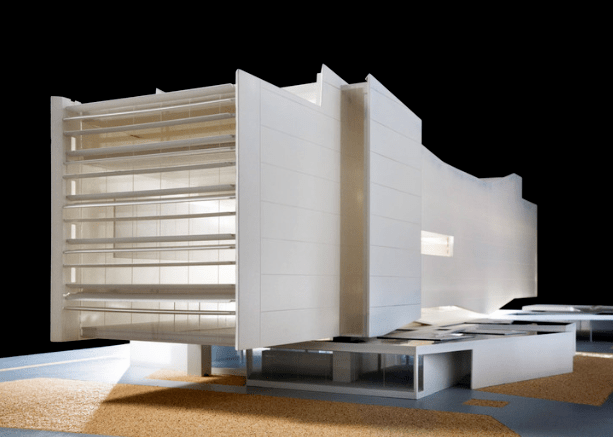
As a crucial step in the creative process, volumetric explorations can be crucial to the design of a project. Think of the works of Antoni Gaudí. Two-dimensional drawings (plans and sections) work together with physical models to provide a comprehensive representation of the design.
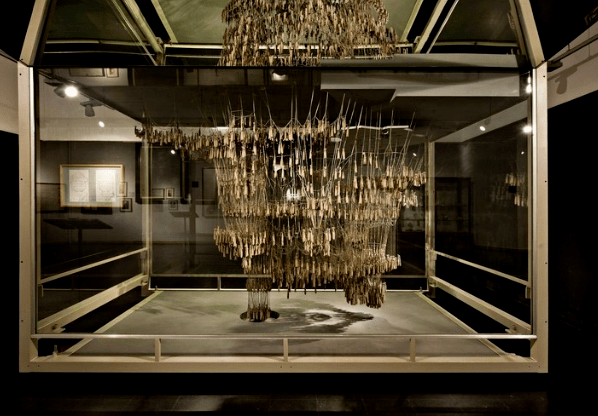
Considering the challenges that arise during the creation of architectural models, we have compiled a set of fundamental tips and materials suggestions to assist you in your next modeling venture.
PAPER MODELS
Sulphite Paper
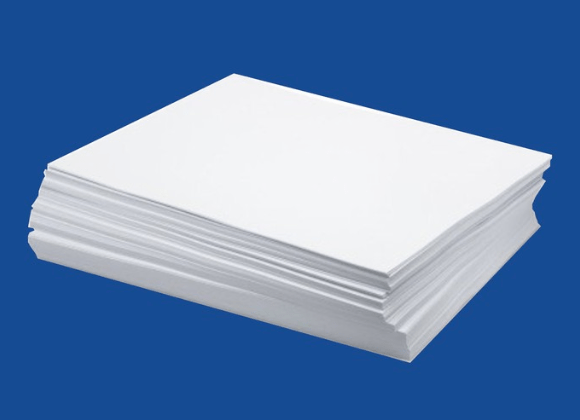
Thanks to its low cost and accessibility this material is most suitable for rapid volumetric testing or drawing of design plains. With scissors and some tape, you can generate a number of solutions quickly, easily, and cost-effectively, while still creating dynamic architectural objects.
Another feature to be considered is the thinness and, consequently, flexibility of paper models, which allows stress-free bends, curves, and inclinations. This also makes the material good for folding studies.
Card Stock

This material, when compared to paper, offers a thicker edge and rigidity, and is therefore frequently used for the volumetric experimentation of architectural objects with shapes without large three-dimensional curves. However, it is worth noting that in some cases, curved surfaces can be achieved by fastening cuts at the edges.
WOOD MODELS
Madeira balsa
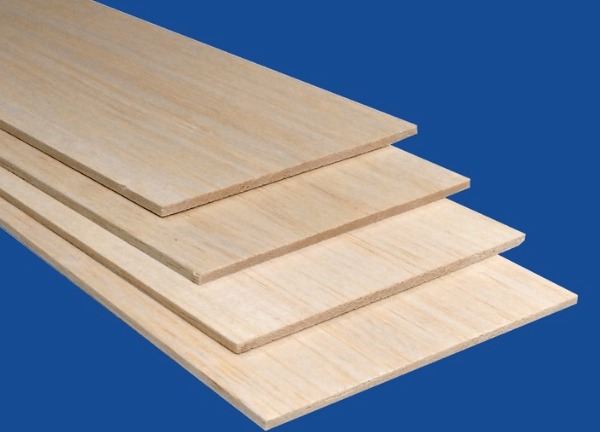
Unlike paper models, wood models provide higher resistance and a greater level of detail. With this, one is also able to represent constructive techniques and spatial properties in an aesthetically-pleasing, although typically more expensive manner.
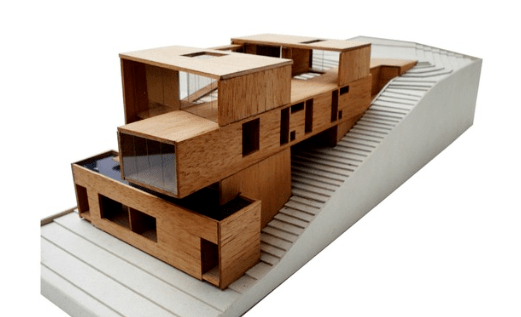
Within the family of wood used frequently in model making, Balsa is the one of the easiest to work with. The low thickness allows for precise cutting and joining of surfaces with wood or white glue. That being said, careful attention must be given when slicing perpendicular to the grain, to avoid chipping, or rough edges.